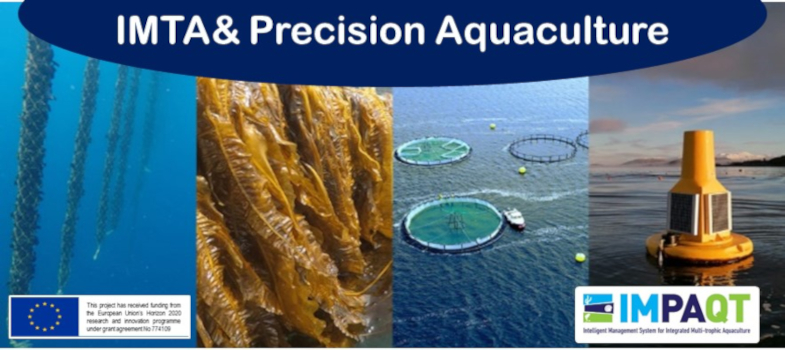Mussels
Mussels
Mussels describes several species of bivalve molluscs, all of which have an elongated, asymmetrical shell. The various species occupy a variety of environments from exposed to sheltered inter-tidal and even freshwater. Mussels are bivalve
filter feeders which attach themselves to the substrate by strong threads, called byssal threads.
Mussels have been harvested for centuries with historical evidence of use as food, bait, and fertiliser dating to 6000BC in Europe, and continues to be an important source of protein for consumers today.A shift from wild harvesting to mussel aquaculture dates back to 13th century France, farmers would use intertidal wooden poles 'bouchots' to provide a settlement are for spat. Today, over 94% of mussel production is from aquaculture.
A varietybof different species are farmed, depending on the environment in each area. Thencommon species are listed here:

The main production types for farming mussels are:
- Raft culture: a matrix of ropes suspended from a floating structure.
- Longline culture: A horizontal longline suspended between floats acts as a backbone to suspend ropes and socks of mussel seed. A solution for more exposed/high-energy areas.
- Bottom culture: Beds or fixed poles in areas where spat is transferred to in lower densities to increase growth rates.
- Bouchot culture: The oldest of all techniques consisting of vertical poles implanted in intertidal zones which 'seeded' ropes are wound around.
Lifecycle
Like other molluscs, e.g. scallop and oyster, mussels have both a pelagic and benthic component to their lifecycle. Mussel culture depends on collecting wild seed or 'spat' from natural spat-fall by using specialised structures, or by hatchery production. The length of the total aquaculture production cycle varies by method, and productivity of the environment, but generally is less than 2years. Mussels are marketable from 40mm in size.
Production cycle of Mytulis edullis (Source: FAO)

Threats to mussel production include environmental threats such as harmful algal blooms and issues associated with climate change such as pH. In addition, competition for space and uncertain water quality in the coastal zone has prompted a move to the offshore for this extractive species.
Here you have the North Sea Farms talking about their experiences and the challenges for off-shore mussel cultivation. Their site is located 15km off the shore in the Netherlands.
https://www.open.edu/openlearncreate/pluginfile.php/589827/mod_page/content/14/MusselsNSF.mp4Video player: MusselsNSF.mp4